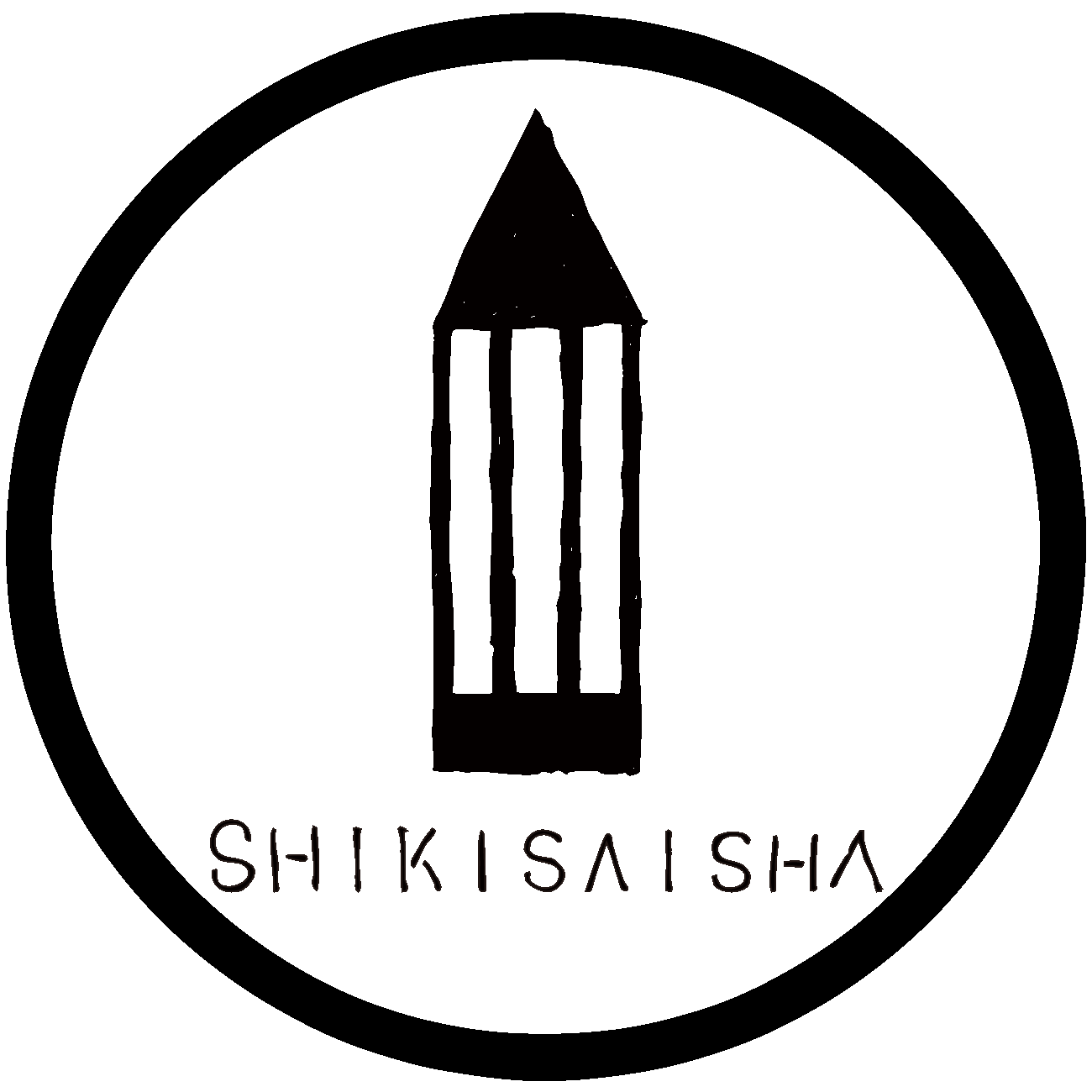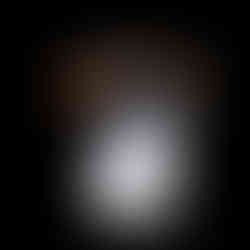ONE ART TAIPEI 2023 participating artist "Yu Seto"
- shikisaisha
- 2023年1月14日
- 読了時間: 2分
更新日:2023年3月3日

Overview
Sculptor. In 1994, Seto was born in Kanagawa, Japan. He mainly creates sculptures of wild animals based on natural science research.
The trace of fingers and tools appears directly on the surface of his terracotta sculptures, making them look vivid and lively. He has numerous exhibitions both within and outside Japan.
Appeared in a TV show “Break Zenya: Artists of the Next Generation” (2017)
Collaborated with a fashion brand “FRAPBOIS” (2018-19 A/W, S/S collections)
Established a shared studio “OKUDO STUDIO” (2020)
Concept
“Fushion of natural science and sculptural expression” as theme, Yu Seto creates life-size animal sculptures using terracotta. He has loved natural science since childhood and grew up reading illustrated reference books and written material. He is especially interested in evolutionary biology because he is impressed by the fact that evolving life is still on earth and lives somewhere at the same time as himself, according to Seto.
The word "real" includes many meanings: visual reality such as “to look just like a real thing” and "precise molding", reality such as "to look like it could move" and "vivid", and reality such as "real time (simultaneous)”. In Seto’s work, visual reality is not very important, but it is important to be vivid and simultaneous. Furthermore, the most important thing in his animal sculptures is the sense of vitality.
It is a major question for sculptors that at what point a sculpture is complete; in other words, how the surface treatment of the sculpture should be finished. Seto said that if he works on a sculpture too elaborately, it becomes stiff and at a certain moment changes from the sculpture with the vivid sense of vitality to a figurine like a stuffed specimen.
“Soft and quick-moldable clay is a perfect material to express vividness and movement of a moment of life. I can give a shape to my idea while it is fresh.”
You can feel the artist and his time of conversation with the material through the trace of fingers and tools left on the surface of his sculpture during his creation.








